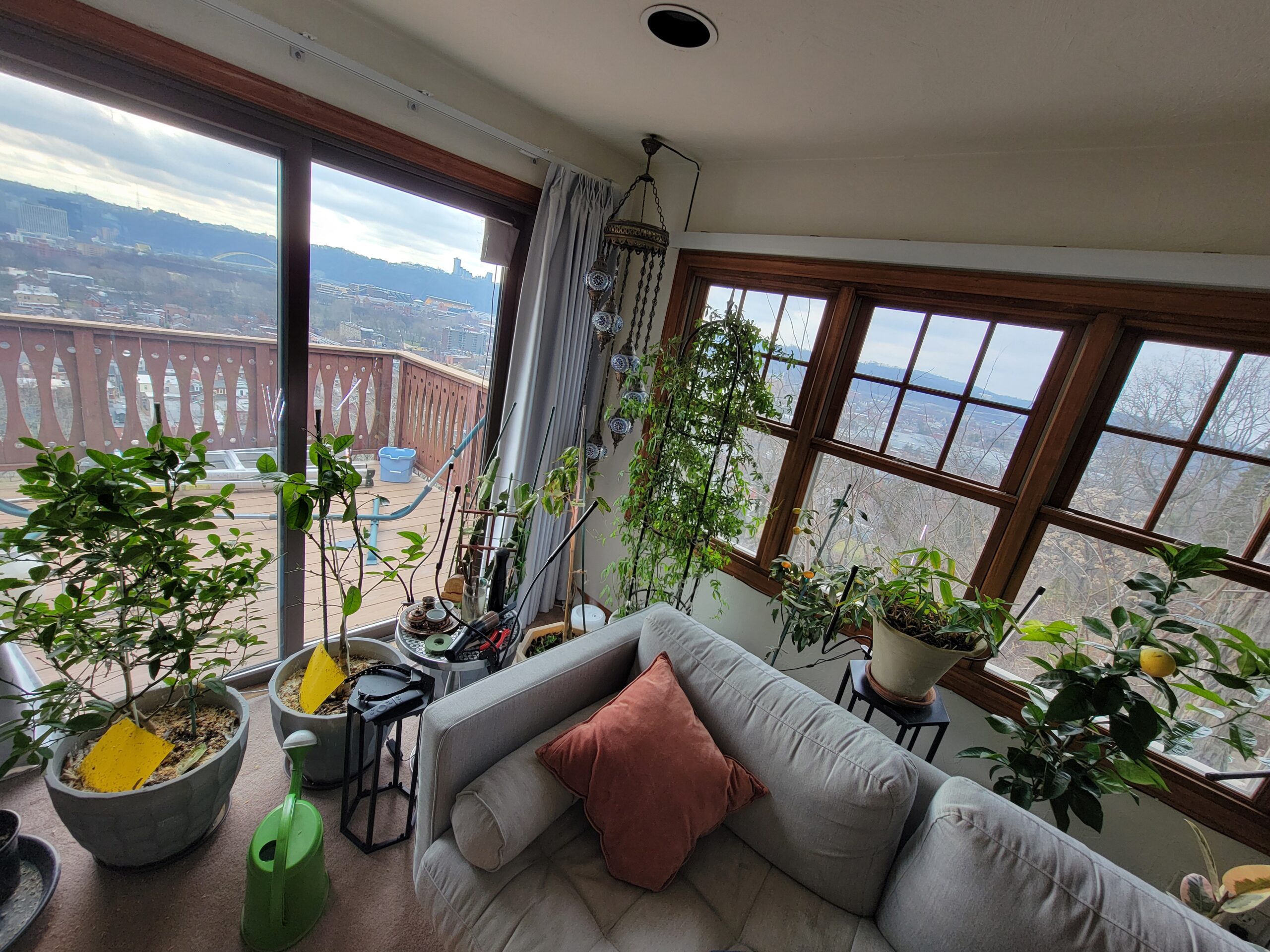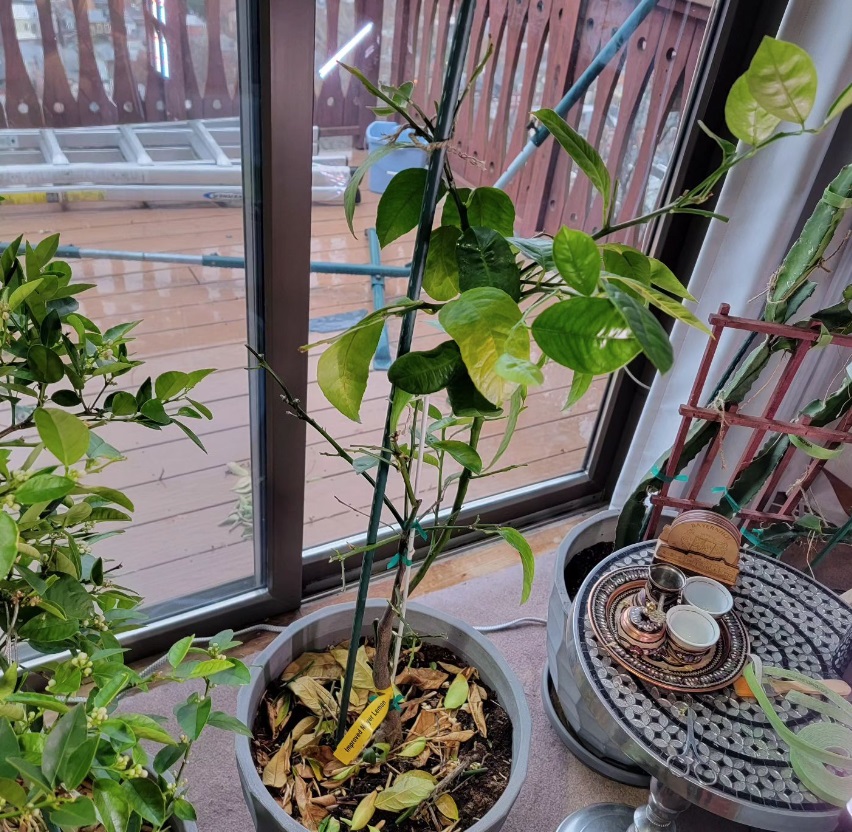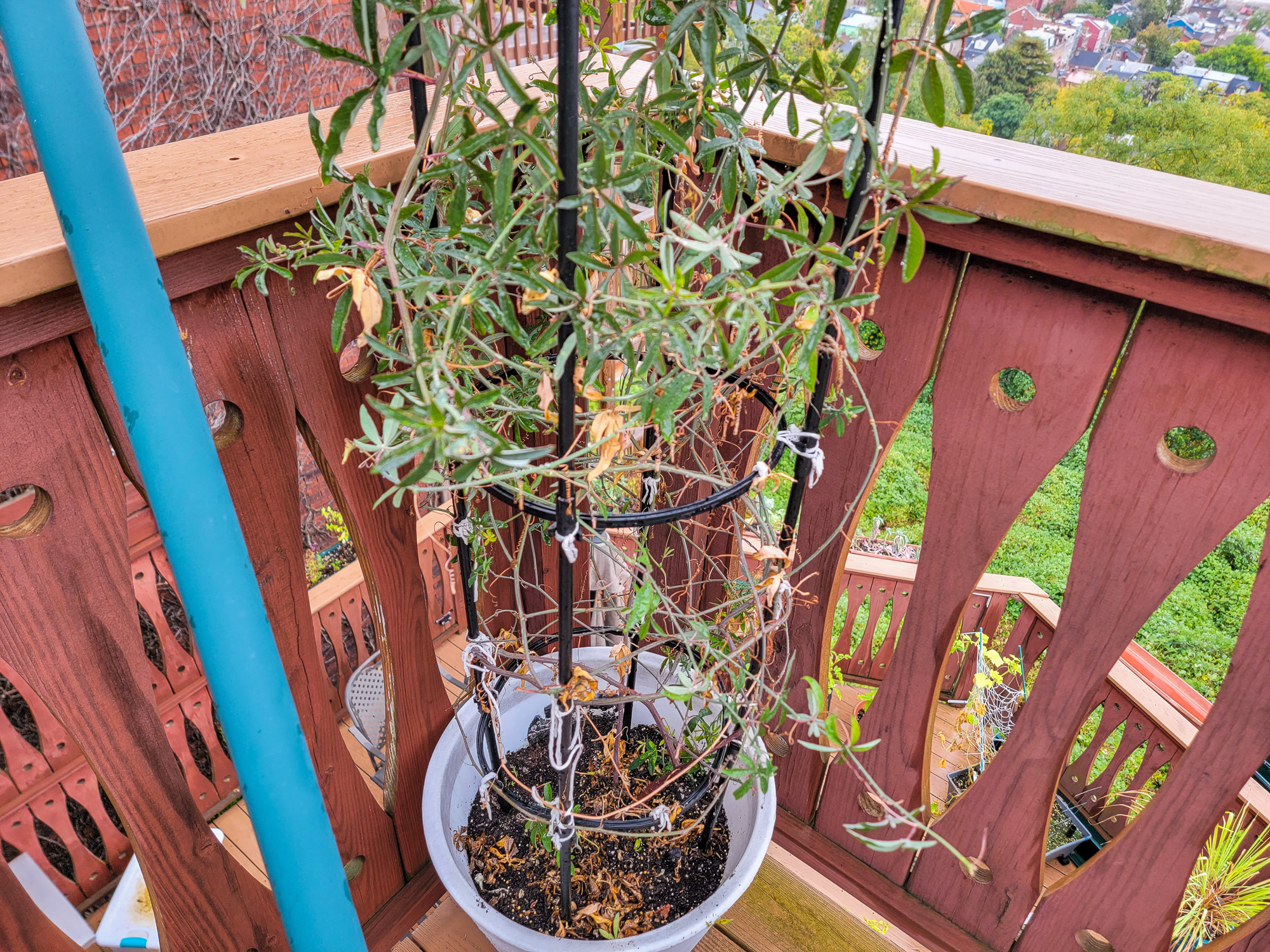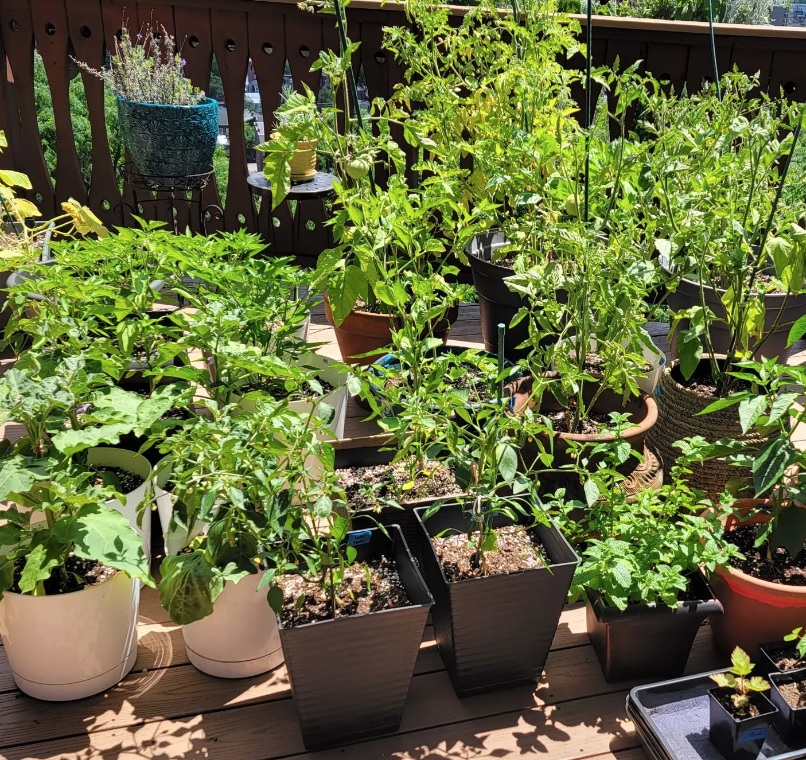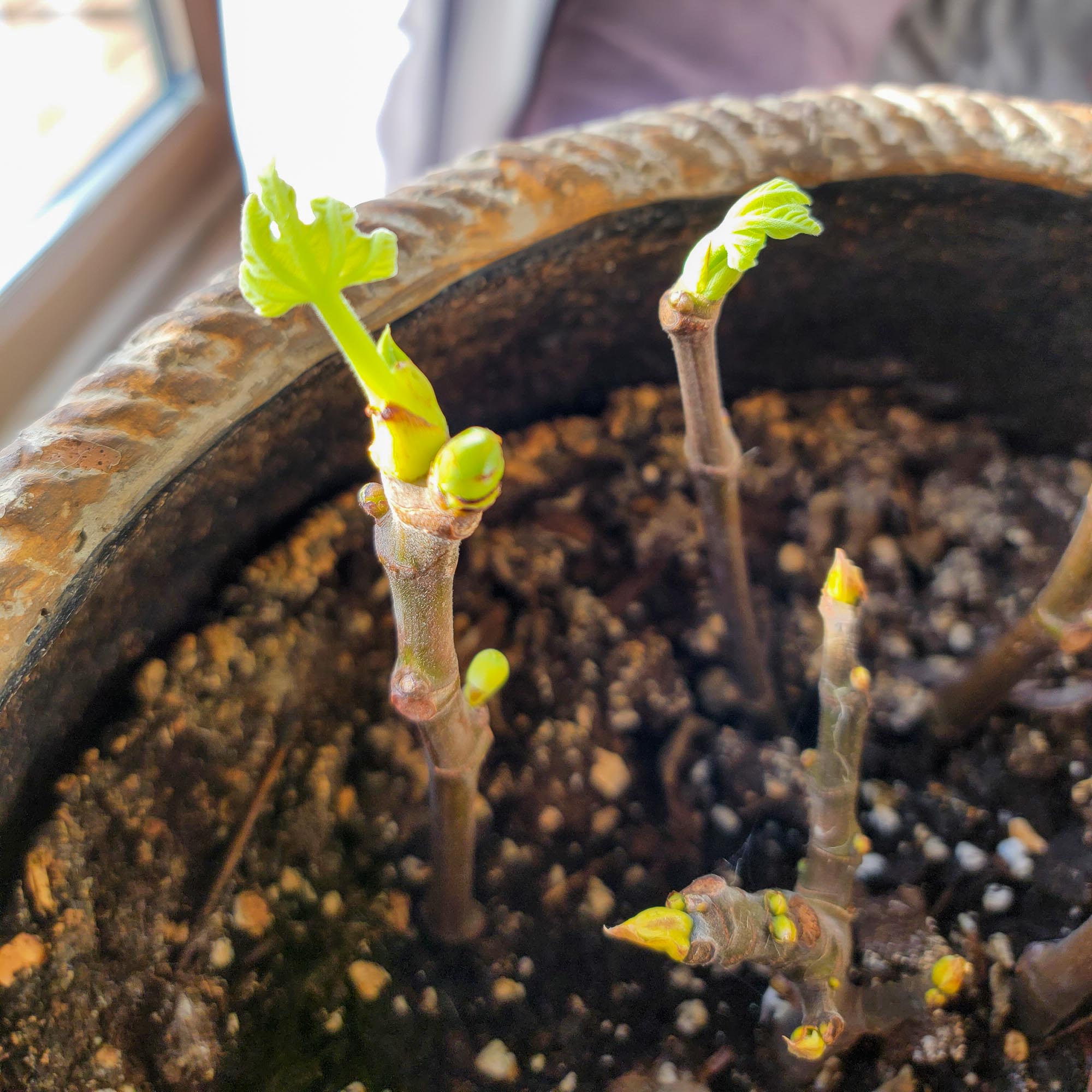I have to admit, I have a bit of a problem when it comes to growing tropical fruit trees at home. I just love growing rare and exotic fruit that is either impossible to find fresh at a local store (or that doesn't cost an arm and a leg in the process).
But as I live in a cooler climate, one most certainly not suited for tropical fruit trees (zone 6b/7), growing these trees is also a bit of a challenge that only the most determined gardeners with ideal growing environments should consider.
In this one, we want to go beyond the basics- checking to see if a plant will do well in your growing zone and if it could thrive in a container or not based on your indoor lighting conditions. We hope (and assume) that you have already checked these things. Here, we want to dive into some considerations to think about once you are committed!
These are truly some of the finer points I wish I knew before getting into growing tropical plants at home.

